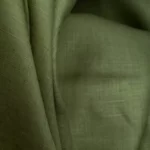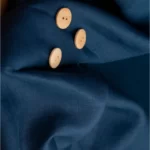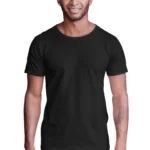Tanace Organics Pvt. Ltd
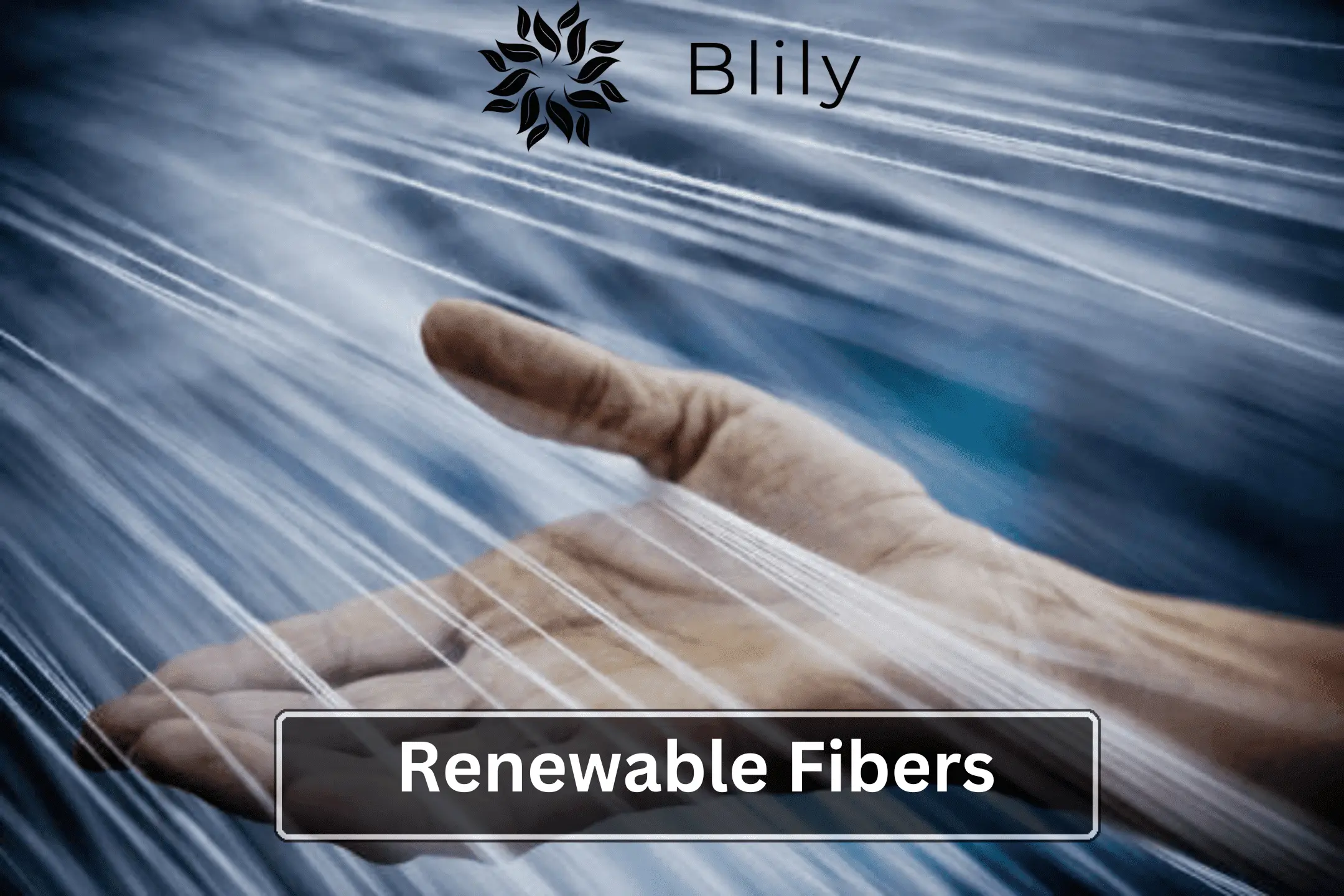
Renewable Fibers: Sustainable Materials f0r a Greener Future
Renewable fibers are materials derived from natural sources that can be replenished or regenerated relatively quickly. They are a stark contrast to conventional, non-renewable fibers like polyester and nylon, which are derived from fossil fuels. The cultivation of renewable fibers not only reduces the carbon footprint but also promotes ethical practices in the fashion industry.
In a world that’s increasingly conscious of environmental issues, the fashion industry is taking significant strides towards sustainability. One key aspect of this shift is the growing adoption of renewable fibers. These natural materials are fast becoming the backbone of eco-friendly and ethical fashion, paving the way for a greener future.
Table of Contents
Exploring Different Types of Renewable Fibers: From Bamboo to Hemp
Renewable fibers come in various forms, each with its unique characteristics and environmental benefits. Let’s delve into some of the most popular ones:
1. Bamboo Fiber
Bamboo is one of the fastest-growing plants on Earth, making it an ideal source for renewable fibers. It requires minimal water and pesticides to thrive, making it an eco-friendly choice. Bamboo fibers are soft, breathable, and naturally antibacterial, making them perfect for comfortable, sustainable clothing.
2. Organic Cotton

Organic cotton is produced without the use of synthetic pesticides and genetically modified organisms (GMOs). This promotes healthier soil and water systems, along with improved working conditions for cotton farmers. Organic cotton is versatile and can be used in a wide range of clothing items.
3. Hemp Fiber
Hemp is another remarkable renewable fiber source. Hemp plants grow quickly, are naturally resistant to pests, and require minimal water. Hemp fibers are incredibly durable, making them an excellent choice for long-lasting, eco-friendly fashion items.
4. Tencel (Lyocell)
Tencel is a brand of lyocell, a fiber made from sustainably sourced wood pulp, often from eucalyptus or beech trees. The closed-loop manufacturing process used to produce Tencel minimizes waste and reduces the use of harmful chemicals. Tencel fabrics are soft, breathable, and biodegradable.
5. Recycled Fibers
While not a plant-based source, recycled fibers play a crucial role in sustainable fashion. These fibers are created by repurposing post-consumer or post-industrial waste, such as plastic bottles or discarded textiles. By reducing waste and diverting materials from landfills, recycled fibers contribute to a greener future.
Benefits of Choosing Renewable Fibers: Eco-Friendly and Ethical Fashion
The shift towards Organic fiber in the fashion industry is driven by the numerous benefits they offer, both to the environment and to consumers who prioritize ethical fashion choices.
Environmental Benefits
1. Reduced Carbon Footprint: Organic fiber require less energy and emit fewer greenhouse gases during production compared to synthetic fibers, making them a more eco-friendly choice.
2. Conservation of Resources: These fibers often use less water and land, helping to preserve vital resources for future generations.
3. Biodegradability: Many Organic fiber are biodegradable, breaking down naturally at the end of their lifecycle and reducing the burden on landfills.
Ethical Benefits
1. Fair Working Conditions: The cultivation and processing of Organic fiber often involve fair labor practices, ensuring that workers are treated ethically and paid fairly.
2. Support for Sustainable Agriculture: By choosing products made from renewable fibers, consumers support sustainable agriculture and help shift the fashion industry towards more responsible practices.
3. Transparency: Ethical fashion brands often prioritize transparency, allowing consumers to trace the journey of their clothing from farm to fashion.
Sourcing Renewable Fibers: The Role of Responsible Agriculture
Sourcing renewable fibers is a critical aspect of ensuring their sustainability and ethical production. Responsible agriculture practices are key to maintaining a steady supply of Organic fiber without harming the environment or exploiting workers.
Certifications and Standards
To identify clothing made from Organic fiber, consumers can look for certifications and labels such as:
1. Organic Certifications: Products labeled as “organic” are typically made from Organic fiber like organic cotton and are produced without synthetic pesticides or GMOs.
2. Global Organic Textile Standard (GOTS): GOTS is a worldwide recognized standard for organic textiles, ensuring that products meet specific environmental and social criteria.
3. Forest Stewardship Council (FSC): FSC certification is relevant for products made from wood pulp, like Tencel, and signifies responsible forest management.
4. Fair Trade Certification: This certification guarantees that workers involved in the production of Organic fiber are paid fair wages and work in safe conditions.
Supporting Sustainable Brands
Choosing fashion brands that prioritize Organic fiber and ethical practices is another way consumers can contribute to a greener future. Many brands now openly share their commitment to sustainability, making it easier for shoppers to make informed choices.
Consumer Education and Advocacy
Educating oneself about renewable fibers and their benefits is the first step towards making eco-friendly and ethical fashion choices. Additionally, consumers can advocate for more sustainable practices within the fashion industry by:
1. Supporting Legislation: Backing legislation that promotes sustainable and ethical fashion practices can have a significant impact on the industry’s direction.
2. Promoting Awareness: Sharing knowledge about Organic fiber and their advantages with friends and family can encourage more people to make sustainable choices.
3. Demanding Transparency: Encouraging brands to be transparent about their sourcing and production practices holds them accountable and promotes ethical fashion.
Challenges and Future Directions
While renewable fibers offer immense promise for a more sustainable and ethical fashion industry, there are still challenges to overcome. Addressing these challenges is crucial to realizing the full potential of Organic fiber.
1. Scaling Up Production
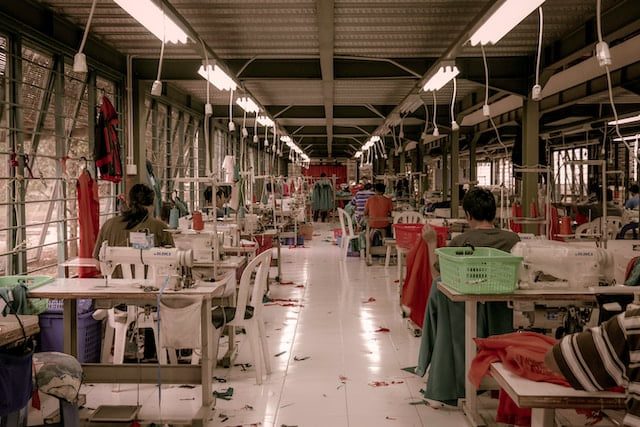
To meet the growing demand for renewable fibers, it’s essential to scale up production sustainably. This requires investments in research and development, infrastructure, and the adoption of best practices in agriculture and manufacturing.
2. Balancing Water Usage
While many Organic fiber are known for their low water requirements compared to conventional cotton, it’s important to strike a balance. As production increases, sustainable water management practices must be implemented to avoid overexploitation of water resources.
3. Ensuring Fair Labor Practices
Ethical fashion extends beyond the choice of materials to the treatment of workers throughout the supply chain. Brands must continually strive to ensure fair labor practices and safe working conditions for all involved.
4. Innovation in Fiber Blends
Combining renewable fibers with other materials can enhance the performance and durability of clothing items. Innovations in fiber blends can lead to the creation of versatile and long-lasting garments that still maintain their eco-friendly and ethical qualities.
5. Education and Awareness
Consumer education remains a critical factor in the success of Organic fiber. Brands, organizations, and governments should continue to promote awareness and provide resources to help individuals make informed choices.
The Role of Technology and Innovation
Technology plays a significant role in advancing renewable fibers and sustainable fashion. Researchers are continually developing new methods for processing and manufacturing these materials efficiently. For instance, advancements in dyeing processes that reduce water and chemical usage are helping to make the production of Organic fiber even more eco-friendly.
Additionally, the use of blockchain technology is gaining traction in the fashion industry. It enables consumers to trace the origins of their clothing, ensuring transparency in the supply chain and providing assurance that the materials used are indeed renewable and sourced ethically.
The Fashion Industry’s Responsiveness to Renewable Fibers
The fashion industry, as a whole, is gradually recognizing the importance of Organic fiber in achieving sustainability goals. Many renowned fashion houses and independent designers are incorporating these materials into their collections, showcasing that eco-friendly and ethical fashion can be both stylish and sophisticated.
Designer Collaborations
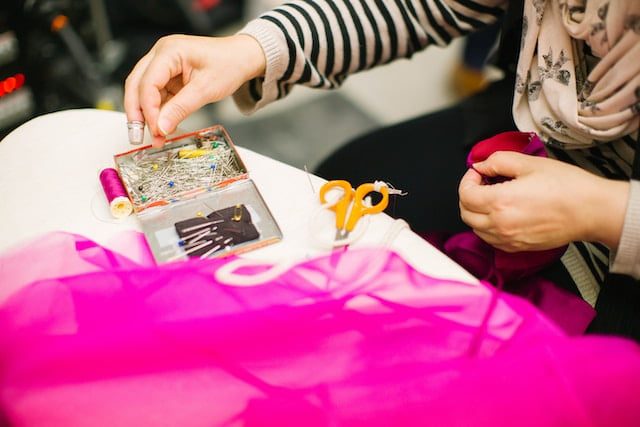
High-profile collaborations between designers and sustainable fiber producers have propelled renewable fibers into the limelight. These partnerships bring forth innovative designs that showcase the versatility and beauty of renewable materials. It’s no longer uncommon to find bamboo-based activewear, hemp denim, or organic cotton evening gowns gracing the runways.
Fast Fashion and the Need for Change
While there is significant progress in the high-end fashion sector, the fast fashion industry still faces challenges in adopting renewable fibers on a large scale. The fast fashion model, characterized by rapid production and disposal of clothing, often prioritizes low cost over sustainability. However, consumer demand for sustainable options is prompting some fast fashion brands to explore Organic fiber as a way to stay competitive.
Consumer Influence on Fashion Choices
One of the driving forces behind the shift towards renewable fibers is consumer demand. As more individuals become aware of the environmental and ethical implications of their clothing choices, they are actively seeking out sustainable options. The power of the consumer dollar has led to increased transparency and ethical practices within the fashion industry.
Beyond Clothing: Renewable Fibers in Accessories and Home Textiles
Organic fiber are not limited to clothing; they are also making their mark in accessories and home textiles. Eco-friendly and ethical fashion extends to items such as:
- Bags and Accessories: Handbags, backpacks, and wallets made from renewable fibers are gaining popularity for their durability and sustainability.
- Bedding and Linens: Organic fiber like bamboo and organic cotton are being used to create comfortable and eco-friendly bed linens and towels.
- Footwear: Sustainable shoes made from renewable materials are emerging as a popular choice for eco-conscious consumers.
The Global Impact of Renewable Fibers
The adoption of Organic fiber is not limited to a single region. It’s a global movement that has far-reaching impacts on both developed and developing economies.
Supporting Developing Nations
In many developing countries, the production of Organic fiber is a source of income for local communities. For example, the cultivation of organic cotton in India provides livelihoods for countless farmers while promoting sustainable farming practices. Similarly, hemp cultivation in various parts of Asia supports local economies while reducing the environmental footprint of fashion.
Reduction in Fashion’s Carbon Footprint
The fashion industry is notorious for its contribution to carbon emissions, primarily due to energy-intensive manufacturing processes and long supply chains. The use of renewable fibers, with their lower carbon footprint, helps mitigate the industry’s environmental impact.
Closing Thoughts: A Collective Journey Towards a Greener Future
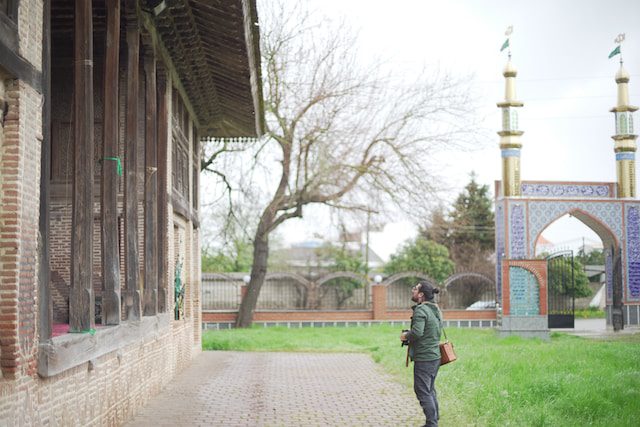
Renewable fibers represent a significant step in the fashion industry’s transition towards sustainability and ethical practices. As consumers, designers, and brands embrace these materials, we collectively move closer to a greener future.
The choices we make in our clothing purchases, the brands we support, and the advocacy we engage in all play a role in shaping the fashion landscape. By opting for renewable fibers and demanding transparency and ethical practices, we contribute to a more responsible industry—one that respects the environment, values workers, and celebrates the beauty of sustainable fashion.
As renewable fibers continue to gain prominence, they serve as a beacon of hope for a fashion industry that is more in tune with the planet and its people. It’s a journey filled with promise, innovation, and the potential to transform not just the way we dress but the way we live and interact with the world around us.
In conclusion, renewable fibers are not merely materials; they are catalysts for change. They are the threads that weave together a narrative of sustainability, ethics, and a vision of a fashion industry that aspires to be a force for good. Together, we can wear our values and create a fashion future that truly honors the principles of a greener, more eco-friendly, and ethical world.
The Future Landscape of Renewable Fibers in Fashion
As we look ahead to the future, it’s evident that renewable fibers are poised to play an increasingly prominent role in the fashion industry. This evolution will be driven by several key factors and trends.
1. Innovation in Sustainable Materials
Researchers and fashion designers are continually exploring new sustainable materials and techniques for processing renewable fibers. This innovation is unlocking exciting possibilities, such as the development of fabrics that are not only eco-friendly but also offer enhanced performance characteristics, such as moisture-wicking, UV protection, and durability.
2. Circular Fashion Practices
The concept of circular fashion is gaining traction, emphasizing the need to create clothing that can be recycled, upcycled, or repurposed at the end of its life cycle. Renewable fibers align perfectly with this vision, as they are biodegradable and can be part of a closed-loop system where garments are returned, recycled, and reborn as new items.
3. Sustainable Fashion Tech
The intersection of fashion and technology is driving sustainable innovations. For example, 3D knitting machines can produce clothing with minimal waste, and digital design tools help optimize pattern cutting to reduce material usage. These technologies can be applied to renewable fibers, further enhancing their sustainability.
4. Consumer Consciousness
Consumer awareness and demand for sustainable and ethical fashion will continue to shape the industry. As consumers become more informed and conscientious about their clothing choices, brands will be compelled to prioritize renewable fibers and transparent supply chains to remain competitive.
5. Sustainable Fashion Policies
Governments and regulatory bodies are increasingly recognizing the need to regulate and incentivize sustainable practices within the fashion industry. Policies related to eco-friendly materials, fair labor practices, and waste reduction will drive the adoption of renewable fibers.
6. Collaboration and Partnerships
Collaborations between fashion brands, textile manufacturers, and sustainability organizations will foster greater adoption of renewable fibers. These partnerships can lead to shared knowledge, increased access to sustainable materials, and a more cohesive approach to addressing environmental and ethical challenges.
Conclusion: A Fashion Industry Transformed
The transition to renewable fibers in the fashion industry signifies a profound transformation. It’s a shift from a model based on resource exploitation and environmental degradation to one centered on sustainability, ethics, and innovation.
While challenges remain on the path to a greener and more ethical fashion future, the progress made so far is inspiring. Renewable fibers are no longer a niche choice but a mainstream option embraced by fashion brands and consumers alike.
As we continue on this journey, let us remember that our clothing choices are not just about personal style; they are a reflection of our values and our commitment to a better world. Each time we choose renewable fibers, we contribute to a fashion industry that is regenerative, equitable, and harmonious with the planet.
In closing, the future of fashion is undeniably intertwined with Organic fiber. These natural materials offer not only the promise of sustainable and ethical fashion but also the hope for a world where beauty, conscience, and sustainability coexist seamlessly. It is a future where our clothing choices empower us to make a positive impact on the planet, leaving a legacy of responsible consumption and a greener world for generations to come.




